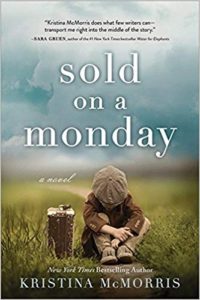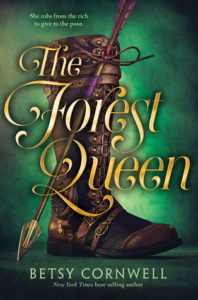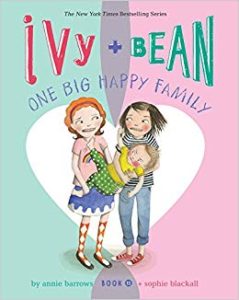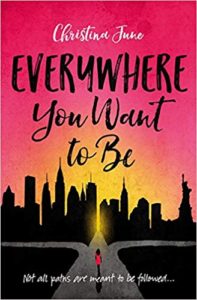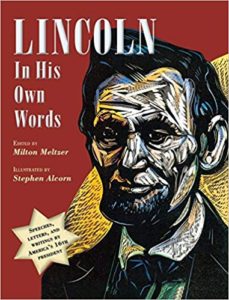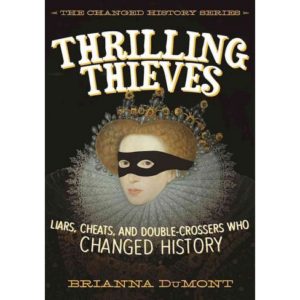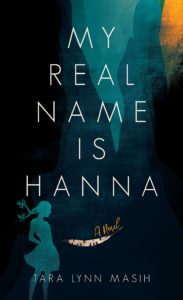 Hanna Slivka lives with her parents and her younger sister and brother in Ukraine when World War II breaks out. They first endure hardships under the Russians who take over, but when the Nazis come Jews start to disappear. As stories about mass killings in nearby towns circulate, Hanna’s family knows they must go into hiding. With the help of friends, the family finds shelter in places they hope no one will look.
Hanna Slivka lives with her parents and her younger sister and brother in Ukraine when World War II breaks out. They first endure hardships under the Russians who take over, but when the Nazis come Jews start to disappear. As stories about mass killings in nearby towns circulate, Hanna’s family knows they must go into hiding. With the help of friends, the family finds shelter in places they hope no one will look.
My Real Name Is Hanna by Tara Lynn Masih is a haunting tale of resilience in the face of unimagined hardship, familial love and tenacity, and triumph of the human spirit. Gifted with Mark Twain’s Joan of Arc, Hanna finds comfort reading about the girl who endured hardship but persevered in her beliefs to the end. She also marks the book to keep track of her days hidden away, a connection to the outside world that reminds her of better days in the past and lets her hope for their return.
Hanna’s story illustrates the plight of Jewish people who stayed hidden during the war, as they relied on the silence of others who also sometimes helped provide them with food and other necessities. They could never be sure who to trust, and leaving their hidden stronghold for supplies was always a risk. The story was inspired by a real family who stayed hidden in an underground cave for more than 500 days.
I highly recommend My Real Name is Hanna for readers aged 10 and up.
The publisher provided me with a copy of this book in exchange for my honest review.

